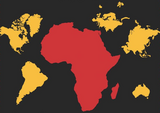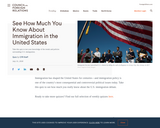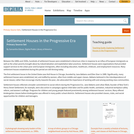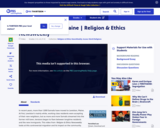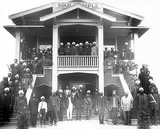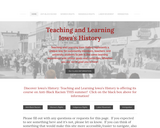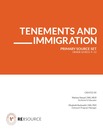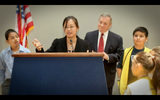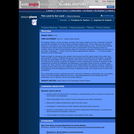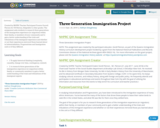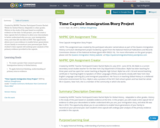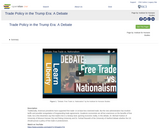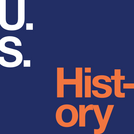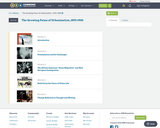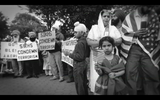
This lesson focuses on early Asian immigrants to the United States, their reasons for immigration, successes they experienced, challenges they faced, and the changing reception they received in their host country. Students will learn what an immigrant is, what it means to be an “American, what the American Dream is, and how primary sources and secondary sources provide varied perspectives that inform a deeper understanding of an event.
2021 Social Science Standards Integrated with Ethnic Studies:
Civics and Government: K.1, 3.2, 5.1
Historical Knowledge: 2.16, 5.22
Historical Thinking: K.17, K.18, 2.22
Social Science Analysis: 1.19, 1.21, 3.18, 3.19, 4.24, 5.27
- Subject:
- English Language Arts
- Social Science
- Material Type:
- Lesson Plan
- Author:
- The Asian American Education Project
- Date Added:
- 01/24/2023
